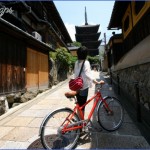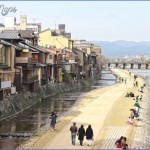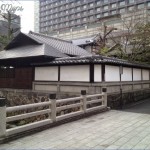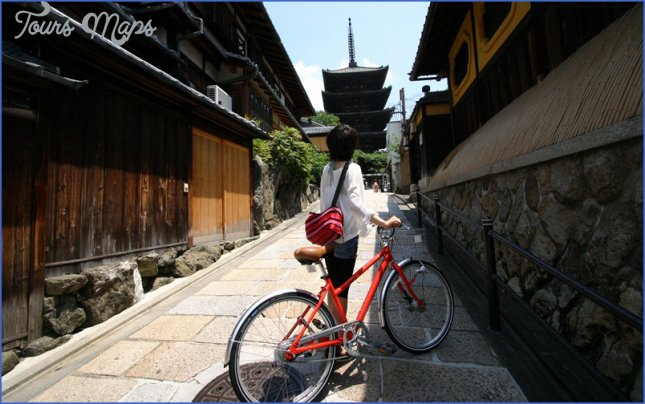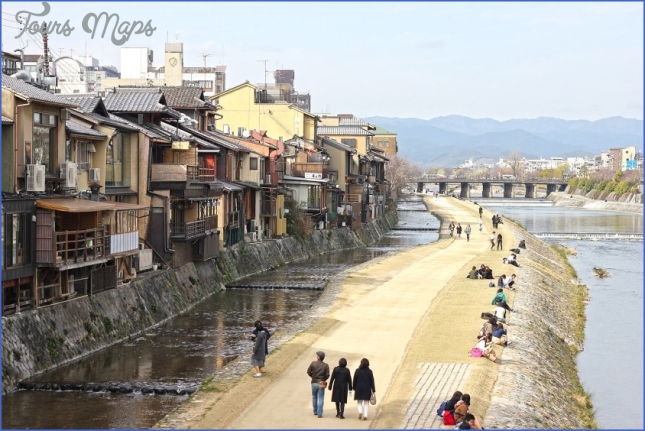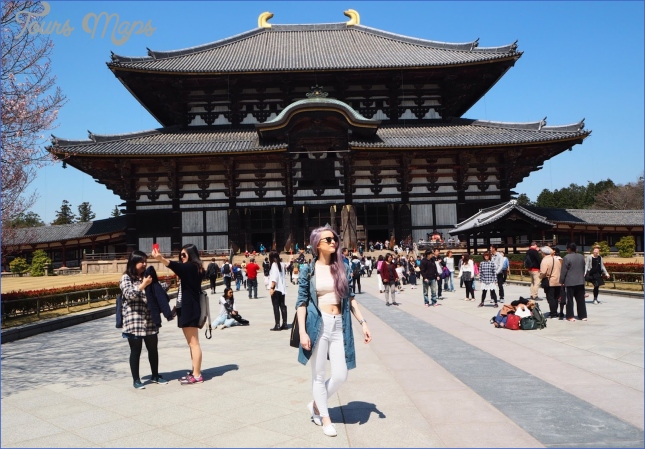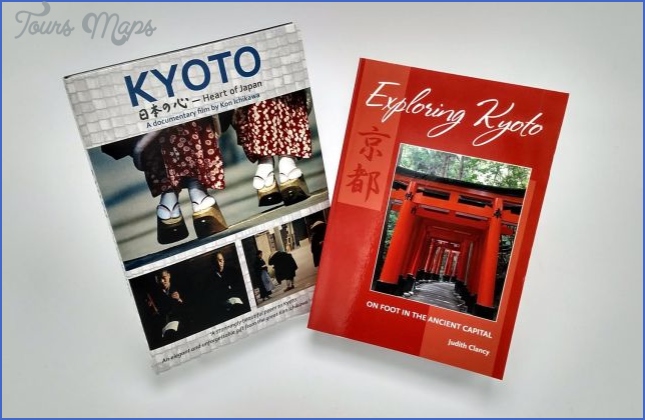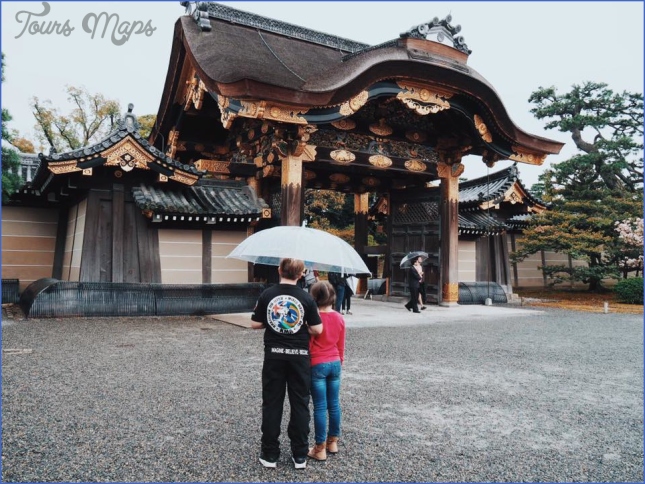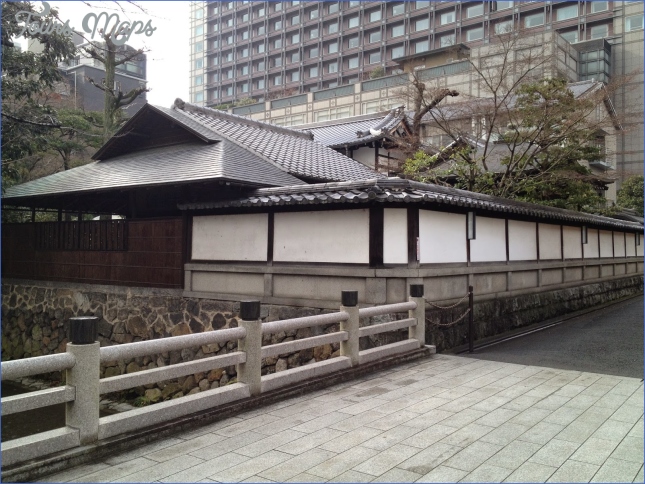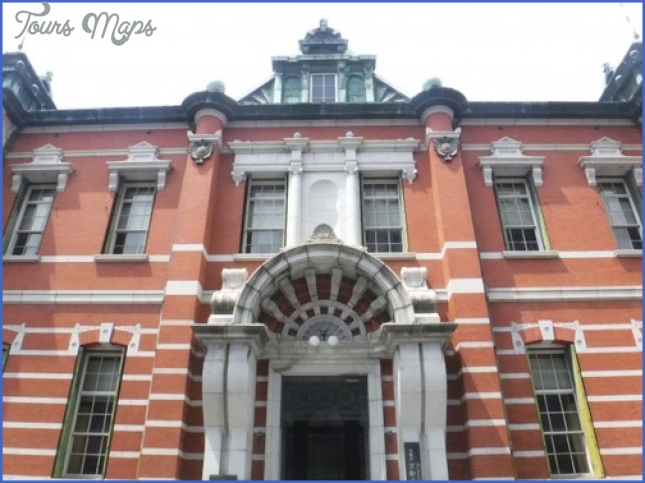The narrow Pontocho is an alley labyrinth of restaurants, bars, and teahouses that is especially alluring after sundown.
Kyoto was the largest city in Japan until the 16th century and remains among the ten biggest cities in the country today. The growing number of visitors to what has been repeatedly
Exploring Kyoto Photo Gallery
named the top travel destination on the planet strains an already stressed Kyoto transportation system. Two subway lines crossing in a simple axis seems an insufficient afterthought for a sprawling cityscape of more than 300 sq miles (777 sq km) that relies largely on a maze-like system of public bus routes (“Next stop, Horikawa Shimochojamachi!”) for nearly 1.5 million people. Kyotoites take to their bicycles en masse and their trim fitness is testament to the daily biking and hiking of city streets.
For visitors, too, a bicycle is a wonderful way to explore Kyoto. Other strategies for investigating the ancient capital’s centuries-deep layers of history and traditional culture involve focusing on reasonable routes that allow time for both the mind and feet to wander as one strolls. From the naturally refreshing distractions of the great city park of a river, the Kamogawa, to the forested mountains that surround the immense central basin of Kyoto, it is possible to experience natural beauty mixed with architectural and spiritual wonders within a day’s outing. One can begin exploring the city immediately upon alighting from an arriving train, with a short trek from Kyoto Station.
Kyoto Station Walkabout
The huge, centrally located Kyoto Station, with its futuristic cubic glass façade and immense atrium, opened in 1997 to commemorate the 1,200th anniversary of the ancient capital. Not without a fight, though, as alarmed preservationists questioned the new station’s proposed 15-story height and mammoth size. City fathers prevailed by pushing through special zoning allowances, and decades on the still shiny Kyoto Station warrants a closer look. Its vast atrium’s Daikaidan “Great Staircase” may be one of the most human-friendly interior public spaces in all of Japan. Sample the station’s atmosphere from a perch-like café seat or venture up the steep 7-story escalators or comfortable stairway to the Sky Garden’s open-air terrace. Look due north onto the impressive clay tile roofs of some of the world’s largest wooden structures at nearby Higashi Hongan-ji Temple.
Walk straight out of Kyoto Station’s north exit, pass right by all the folks queuing for buses, and cross Shiokoji Street for an even higher panoramic view of the city from oft-criticized Kyoto Tower to get your bearings. Or just continue north to the stunning gates of Higashi Hongan-ji. After many years of meticulous restoration, the temple’s grand cathedral-sized halls are in beautiful condition, a striking physical memorial to the spiritual founder, Shinran, who dedicated his life to religious service and humbly referred to himself as an “ignorant bald-headed disciple of the Buddha.” Higashi Hongan-ji’s elegant detached Shosei-en Garden is located due east, and its rival, Nishi Hongan-ji Temple, with its many National Treasures, is a short walk due west.
Escalators are a popular option at Kyoto Station’s Daikaidan “Great Staircase.”
Morning prayers inside Goei-do Founder’s Hall at Kosho-ji Temple.
Color-coordinated visitors atop Kyoto Tower. An intricately carved chrysanthemum, a symbol of longevity and rejuvenation, at Kosho-ji’s Goeidomon Gate. The Founder’s Hall at Higashi Hongan-ji Temple is one of the world’s largest wooden structures.
Nishi Hongan-ji’s Amida Buddha Hall, a National Treasure, was rebuilt in 1760.
A summer view of Shinsetsu-kyo Bridge in Shosei-en Garden.
Honden Hall visitors at Higashi Hongan-ji.
Nishi Hongan-ji’s Shoro Bell Tower.
Crepe myrtle blooms by the Kaito-ro corridor bridge at Shosei-en Garden.
Maybe You Like Them Too
- Top 10 Islands You Can Buy
- Top 10 Underrated Asian Cities 2023
- Top 10 Reasons Upsizing Will Be a Huge Travel Trend
- Top 10 Scuba Diving Destinations
- World’s 10 Best Places To Visit

